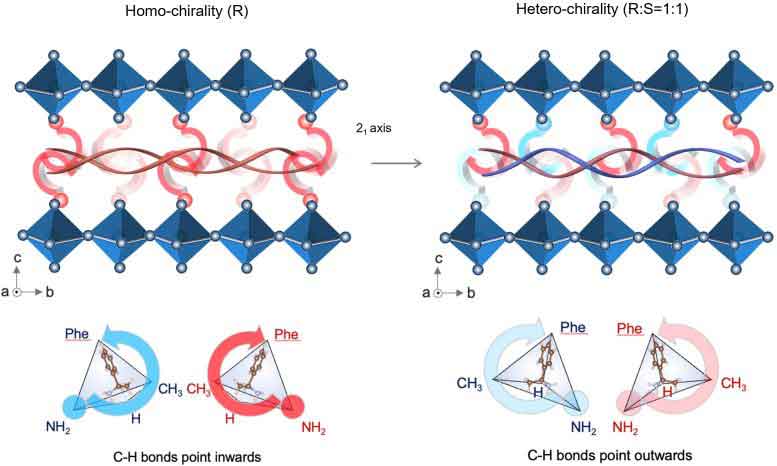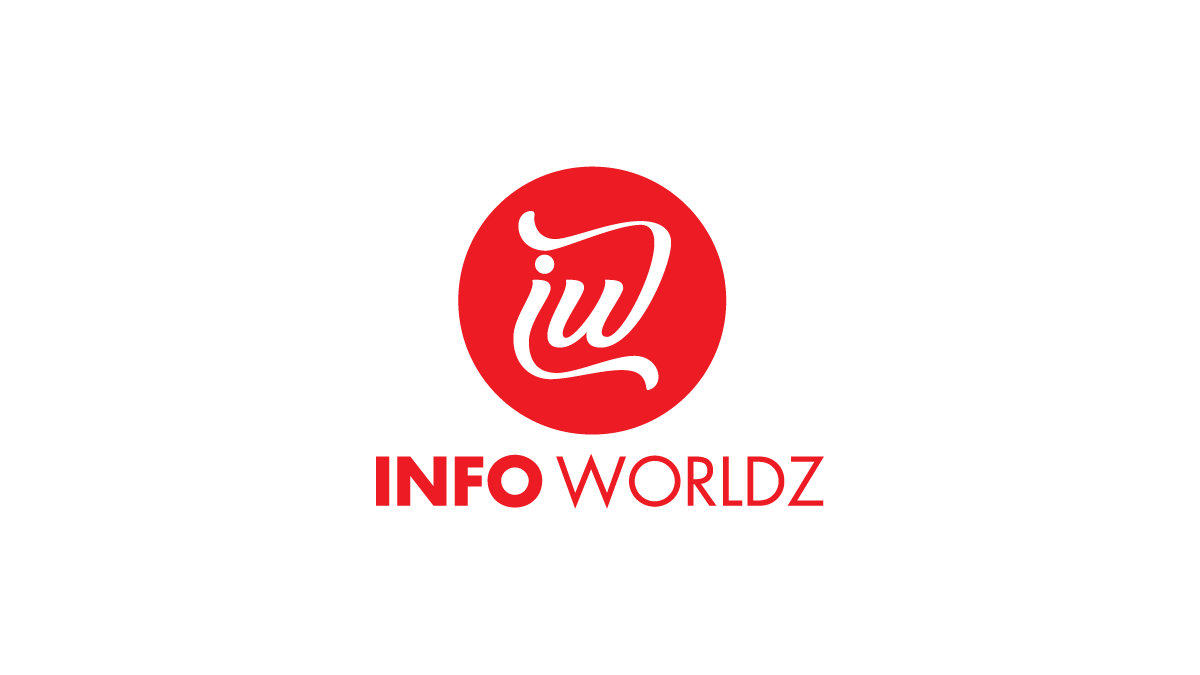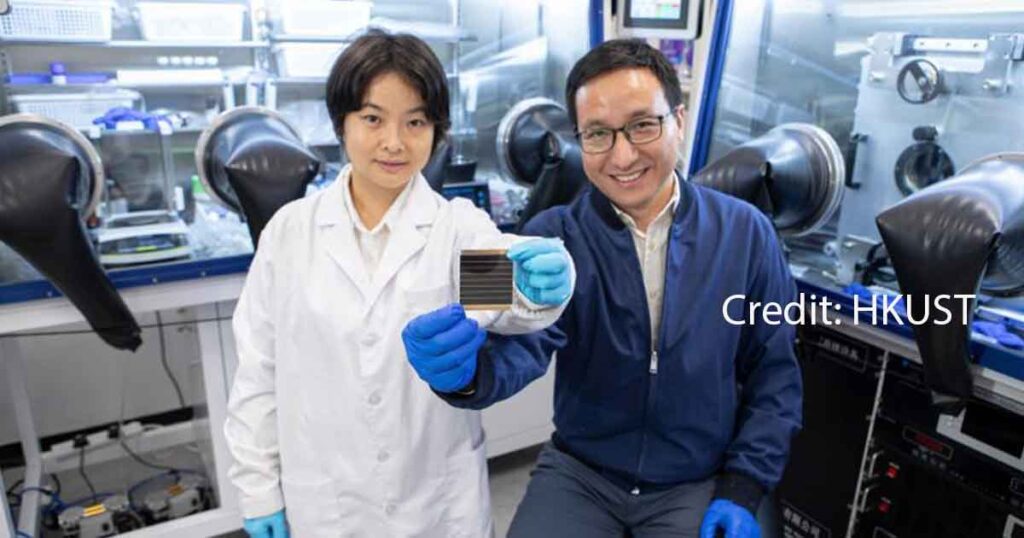Harnessing the Future: How Chiral Interface Perovskite Solar Cells Are Revolutionizing Renewable Energy!
chiral interface perovskite solar cells
New Chiral Interface Boosts Stability and Efficiency of Perovskite Solar Cells
HKUST unveils a groundbreaking chiral interface, significantly boosting the efficiency and resilience of perovskite solar cells, thereby enhancing their commercial potential.
A scientific team, spearheaded by the School of Engineering at the Hong Kong University of Science and Technology (HKUST), has pioneered a novel chiral-structured interface within perovskite solar cells (PSCs). This innovation not only elevates the power conversion efficiency but also fortifies the reliability of this rapidly advancing solar technology, positioning it closer to widespread commercial deployment.
Perovskite solar cells are composed of perovskite-structured compounds, which are cost-effective and easy to manufacture. Unlike traditional silicon-based solar cells that require high-temperature, high-vacuum fabrication methods, perovskites can be processed into thin films using low-cost printing techniques. Despite the rapid progress in PSC performance in recent years, commercial adoption has faced significant obstacles, primarily due to stability concerns under practical conditions. One of the critical challenges has been the inadequate adhesion between different layers of the cells, resulting in compromised interfacial reliability.
Enhancing Solar Cell Interfacial Stability
To mitigate this issue, Prof. Zhou Yuanyuan, an Associate Professor in the Department of Chemical and Biological Engineering (CBE) at HKUST, drew inspiration from the mechanical robustness of natural chiral materials. Her research team developed an unprecedented chiral-structured interface within PSCs, unlocking unparalleled reliability.

The team incorporated chiral-structured interlayers based on R-/S-methylbenzyl-ammonium between the perovskite absorber and electron transport layer, forming a robust and elastic heterointerface. These modified solar cells retained an impressive 92% of their original power conversion efficiency after enduring 200 cycles between −40°C and 85°C over 1,200 hours, meeting the rigorous standards of the International Electrotechnical Commission (IEC) 61215 for solar cell performance.
Durability and Mechanical Properties
“The fascinating mechanical properties of chiral materials stem from the helical packing of their subunits, similar to a mechanical spring,” explained Dr. Duan Tianwei, the study’s first author and a current Research Assistant Professor in the CBE Department at HKUST. “By integrating a chiral-structured interlayer at the critical device interface, the perovskite solar cells become more mechanically durable and adaptable to varying operational conditions,” she elaborated.
“This marks the beginning of perovskite solar cell commercialization,” remarked Prof. Zhou. “With such high efficiencies, if we can fully resolve the reliability issue, we will unlock billions of energy market opportunities,” she added.
chiral interface perovskite solar cells: Implications for Solar Energy Commercialization
This breakthrough holds enormous promise for the future of solar energy. With increased reliability and power conversion efficiency, future perovskite solar panels could become highly dependable, capable of sustaining electricity production even under harsh weather conditions, thereby extending their operational lifespan.
The team’s findings were recently published in the prestigious journal Science. The paper was co-authored by Dr. Duan (lead first author), Prof. Zhou (lead corresponding author), and collaborators from the US National Renewable Energy Laboratory, Hong Kong Baptist University, and Yale University.
Reference:
“Chiral-structured heterointerfaces enable durable perovskite solar cells” by Tianwei Duan, Shuai You, Min Chen, Wenjian Yu, Yanyan Li, Peijun Guo, Joseph J. Berry, Joseph M. Luther, Kai Zhu, and Yuanyuan Zhou, 23 May 2024, Science. DOI: 10.1126/science.ado5172.







